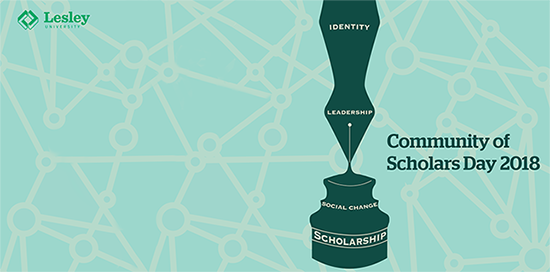Abstract
The purpose of this poster is to present and analyze research that answers the question: What does the current body of research say about the impact of neuroscience on second language acquisition for adolescent and adult learners between 2009-2017? The studies provide detailed neurological information about the specific structures in the brain that are involved in second language (L2) development and the impact on language processing in adolescent and adult learners whose first language (L1) is not English. The foundational design of the studies is based on neurological imaging: functional magnetic resonance imaging (fMRI), magnetic resonance imaging (MRI), electromyography (EMG) and skin conductance (SC), encephalography (EEG), and voxel-based morphometry (VBM). The findings of the neurological imaging studies illuminate the specific region(s) that impact L2 language development, illustrate how an individual’s age of second language acquisition impacts L2 learning and proficiency, and highlight the role of socioeconomic status serves throughout second language development in adolescent and adult English learners. Educators who work with adolescent and adult English learners can use this information to inform their practice. The involved language processing regions(s) activate, as students learn the phonological, morphological, and syntactical information of English, which may be similar or different from their native language. In the classroom setting, educators can use their knowledge of second language acquisition from a neurological perspective to assist them in providing the best instruction and implement techniques to meet their adolescent and adult English learners’ academic needs and aid them in developing proficiency in English.
Start Date
28-3-2018 12:10 PM
End Date
28-3-2018 1:00 PM
Presentation Type
Poster
Disciplines
Bilingual, Multilingual, and Multicultural Education
Full Text of Presentation
wf_yes
The Multidimensional Connection between Second Language Acquisition and Neuroscience
U-Hall 2-078 or Atrium
The purpose of this poster is to present and analyze research that answers the question: What does the current body of research say about the impact of neuroscience on second language acquisition for adolescent and adult learners between 2009-2017? The studies provide detailed neurological information about the specific structures in the brain that are involved in second language (L2) development and the impact on language processing in adolescent and adult learners whose first language (L1) is not English. The foundational design of the studies is based on neurological imaging: functional magnetic resonance imaging (fMRI), magnetic resonance imaging (MRI), electromyography (EMG) and skin conductance (SC), encephalography (EEG), and voxel-based morphometry (VBM). The findings of the neurological imaging studies illuminate the specific region(s) that impact L2 language development, illustrate how an individual’s age of second language acquisition impacts L2 learning and proficiency, and highlight the role of socioeconomic status serves throughout second language development in adolescent and adult English learners. Educators who work with adolescent and adult English learners can use this information to inform their practice. The involved language processing regions(s) activate, as students learn the phonological, morphological, and syntactical information of English, which may be similar or different from their native language. In the classroom setting, educators can use their knowledge of second language acquisition from a neurological perspective to assist them in providing the best instruction and implement techniques to meet their adolescent and adult English learners’ academic needs and aid them in developing proficiency in English.



